Those of us with sensitive or acne prone skin are often lucky if we can find a routine that results in clear, happy skin at home. Throw travel in to the mix, and things can go sideways fast.
Whether it’s hotel shampoos and soaps leading to rashes, breakouts, and redness, or random, travel-stress induced skin freakouts, traveling can feel like a minefield.
Here’s what does work for travelers with sensitive skin, and won’t take up a huge amount of space in your suitcase:
1Pack your entire skincare routine (in travel sizes)
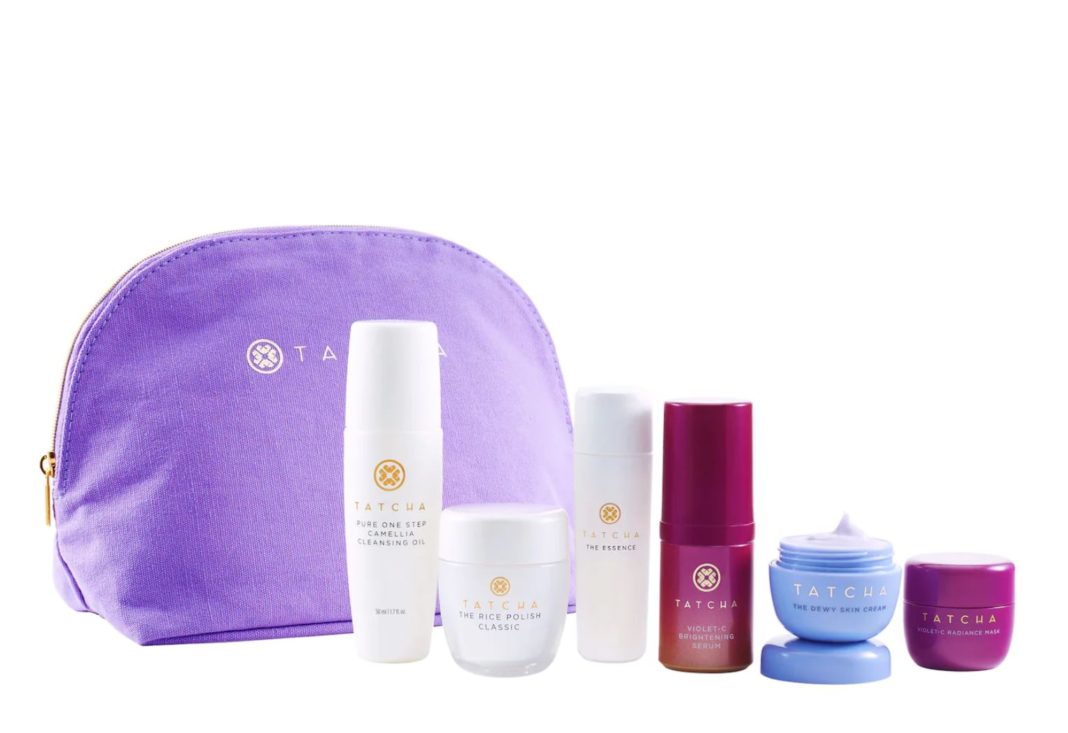
You’ve (hopefully) already worked out which products keep your skin happy. So don’t leave them at home! I’m on the militant end of this; seriously, you know what works for you, so don’t even try to substitute or pare it down when you travel. Unless you’re working with a 30-step skincare routine, bringing everything with you doesn’t have to take up that much space.

The secret is in bringing only the amount you’ll need. Sometimes this can be travel sizes or even sample packets from the brand. I’m always on the lookout for these at Sephora, both as free samples, and in their huge travel size skincare collection.
It varies by brand and design, but I’m often able to buy a travel size once, then refill the container from my full size product.
Other times you’ll need to invest in travel size bottles and jars. It helps to take the time to track how much product you use over the course of a week, because it’s easy to overestimate the amount you need.
My 3.4 oz Humangear Gotoobs hold enough shampoo and conditioner for at least 2 weeks of daily shampoos, so I could actually save space by using a 1.7oz container for a week-long trip. The same goes for facial creams. You can get some truly tiny travel containers on Amazon–just right for the teeny amount of eye cream you’ll use over the course of a week.
Some favorite travel hacks for packing skincare include using contact cases for small amounts of liquid, and pre-soaking cotton pads in toner and storing in a plastic baggie.
Ideally, you should be able to fit all these mini containers in a TSA approved quart size bag. (if you’re not quite there, ask if you can add a couple items to the baggie of a lower maintenance travel companion). Beyond the appeal of packing light, being able to carry-on all your skincare means you won’t be scrambling for difficult-to-find replacements when a checked bag is lost or delayed.
FYI About Air Travel with Liquids
You’re likely already aware, but the TSA has strict rules about bringing liquids in your carry-on luggage. They’ve been in place for some time, but every time I fly, I see some poor person having to toss a full size shampoo or sunscreen they tried to bring as a carry-on. I don’t want that to be you!
In a nutshell, the liquid rules are:
Carry on bags: only 3.4 oz or smaller containers, and no more than fit in a quart size bag.
Checked bags: Whatever size or amount you’d like (just be careful to pack so that bottles don’t leak in transit!)
2Consider bringing your own bath soap
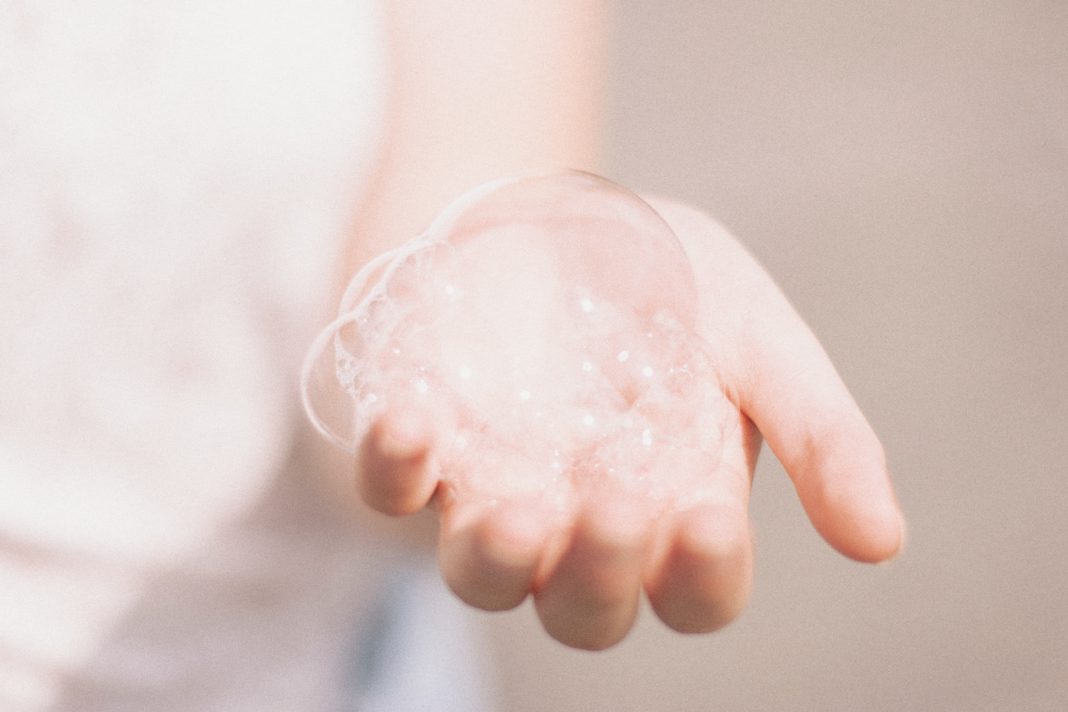
Hotel soaps are almost always scented, and frequently drying. Those of us with sensitive skin wouldn’t even consider washing our faces with it, but even using it on your body can result in skin irritation.
I find that I can mostly get away with using hotel soap. Sometimes my skin gets a little dried out or blotchy, but nothing major, so I’m not super consistent about bringing my own soap. Your mileage may vary, so if you’ve noticed sensitivity to soaps in the past, play it safe and pack a mini or partially used bar of solid soap made for sensitive skin.
If you’re really attached to your favorite body wash, a Humangear GoToob (mentioned above) should hold enough for a week of conservative use.
3Pamper your skin in transit
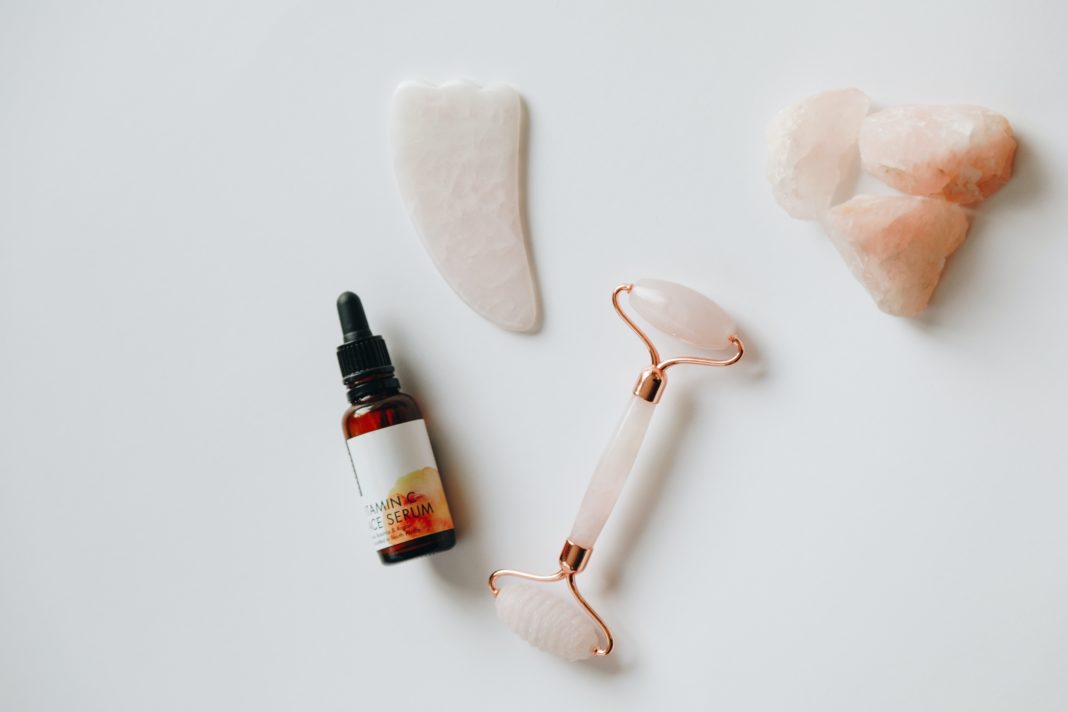
Travel is stressful, airplanes are dehydrating, and it’s easy to start your trip out on the wrong foot, with irritation or breakouts beginning before you even step off the plane.
It’s best to skip makeup on travel days, and avoid touching your face as much as possible. If you’re checking your bag, be sure to keep a favorite thicker moisturizer with you, along with your go-to treatments to nip any irritation or burgeoning breakouts in the bud.
And while I fully recognize that wearing sheet masks in public makes me look a little unhinged, I’ll happily ignore the stares while I enjoy my hydrating, calming sheet masks on airplanes. This isn’t the time to try out something new, so obviously make sure it’s a mask you’ve tried and loved. Some of my faves are below. They’re outrageously priced, but SK-II’s sheet masks leave my skin so hydrated and glowy that I always bring one for long haul flights.
4Bring your own pillowcase–and maybe your own detergent
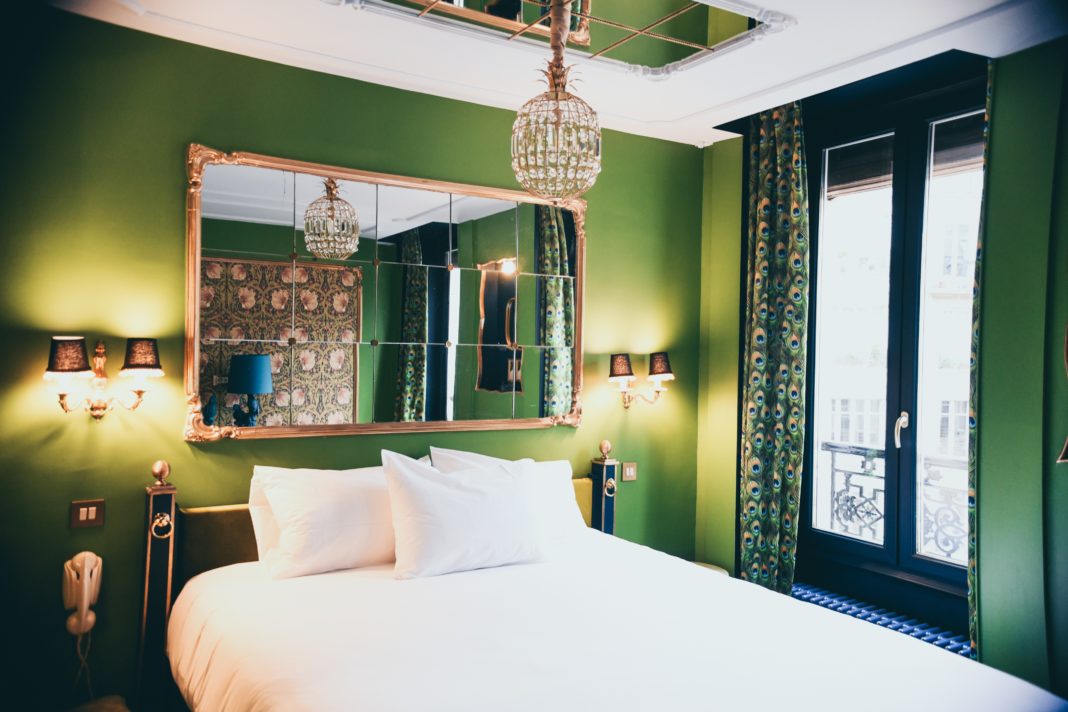
To be fair, I’ve only had a couple big reactions to a pillowcase in years of travel, but once was enough to make me much more cautious.
I’ve mostly found this to be an issue with Airbnbs, but everyone’s skin is different, and hotel detergents aren’t exactly gentle. Anyone who’s sensitive to detergents should consider packing their own pillowcase. I like silk pillowcases, because they’re thin and easy to pack, and feel extra luxurious.
And if you’re staying in an Airbnb where you’re planning on doing laundry, definitely bring your own laundry detergent. Nearly every Airbnb I’ve stayed at has had scented detergent. Since I usually need detergent only for longer trips where I want to do laundry, I toss a small bag of free and clear concentrated laundry pods in my checked bag. Powder detergent will work too if you’re traveling with just a carry-on.
5Avoid spa facials

You don’t need to steer clear of the hotel spa altogether, but skip the facial and opt for a massage instead. Unless the spa is exclusively using products you’ve tested and know to be safe on your skin, it’s just not worth the risk. Even with non-facial spa services, I like to ask about the products they’re using, and make it clear that I have reactive skin. (don’t count on them closely reading that little questionnaire you fill out beforehand!)
6Protect your skin in the hotel pool
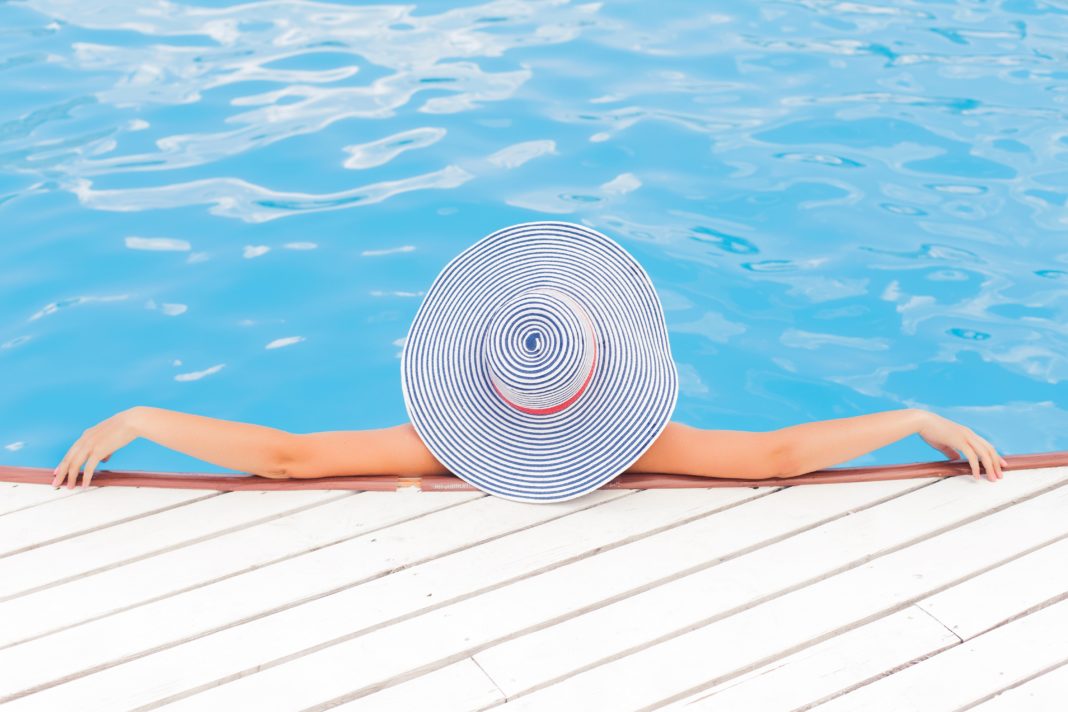
The chlorine in pools can exacerbate eczema and psoriasis, and just plain dry out your skin. Protect your skin by moisturizing before plunging into that infinity pool. Take it easy in the pool if you’re not certain how chlorine affects your skin. Or skip the pool altogether and head to the beach. Saltwater is gentler on your skin, and can actually have a mild beneficial effect for those with eczema.
7Don’t skip the sun protection
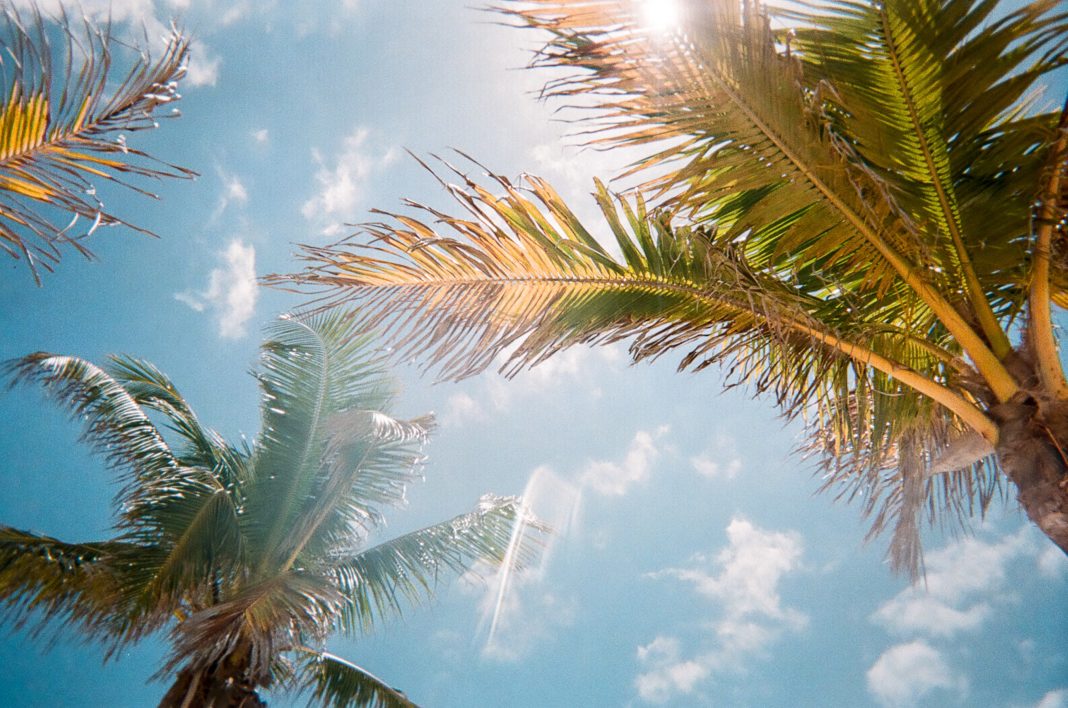
As an Extremely Pale Person, this one is already decided for me. I don’t tan, only burn, so there’s no incentive to lay out in the sun, and every reason to apply sunscreen regularly.
You probably know how your skin responds to sun, but keep in mind that your trip may involve spending a lot more time outside than what you’re used to, upping the chances of sunburn and other irritation.
Don’t skip the (pre-tested, non-irritating) sunscreen, and consider higher coverage clothing as well if you’ll be outside all day. Flowy long sleeve linen shirts & dresses and floppy hats can fend off sunburn and heat rash while looking chic.
8Avoid food and alcohol triggers

You’re probably already familiar with your food triggers, but it can be easy to go overboard on vacation– with unhealthy food as well as alcohol. Alcohol in particular can trigger inflammation, redness, rosacea and eczema.
This can be a tricky one to navigate, especially for foodies. I just try to keep a balance, eating simply for some meals, while indulging in the restaurants and cocktail bars that are at the top of my “must-try” list. Limiting alcoholic drinks to the evening also helps to keep me from overindulging.
9Bring your emergency treatments
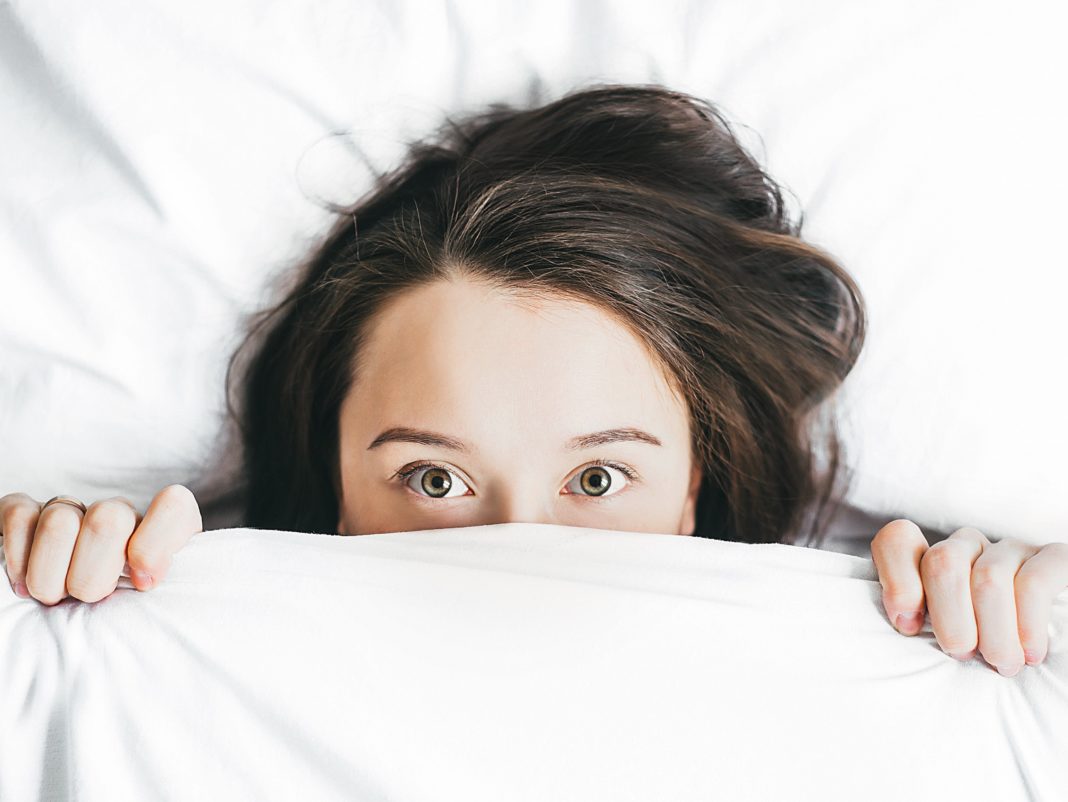
Nothing is worse than spending your whole vacation dealing with skin irritation or breakouts that you can’t effectively treat. I prepare for a worst-case scenario, so I’m not tempted to hide in the hotel room when skin problems strike.
Whether it’s a steroid cream that will calm your irritated skin, a breakout-busting treatment, or an anti-histamine, bring along a small amount just in case.

